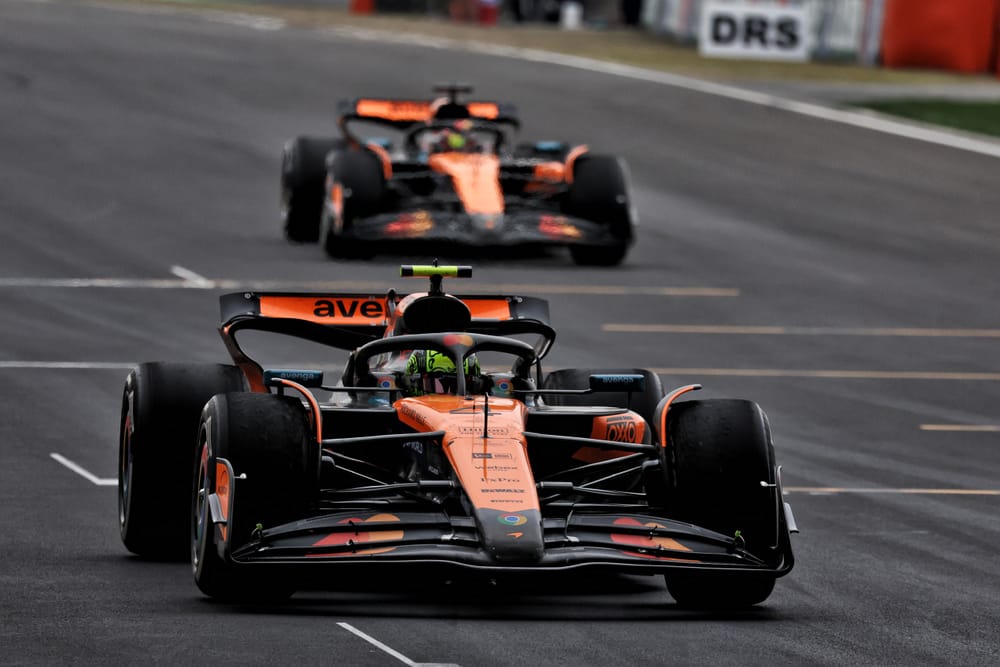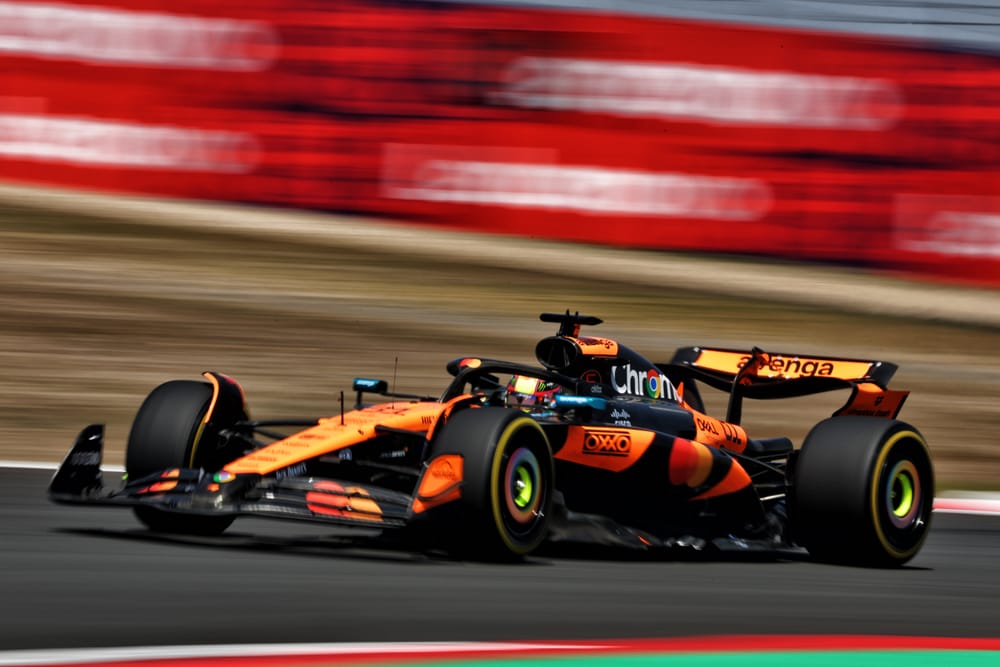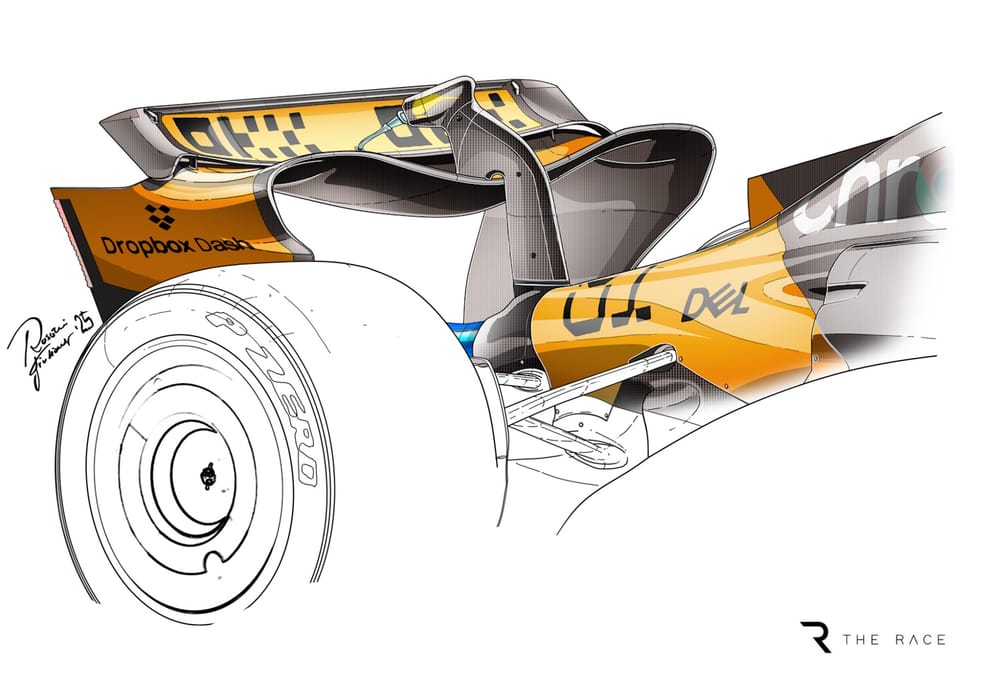After the perfect start to his 2025 Formula 1 world championship bid in Australia, Lando Norris stuttered in China by losing 13 points to team-mate Oscar Piastri. Much of that points loss was an example of a key McLaren weakness that's hurting Norris more than Piastri.
"There's a couple of things," said McLaren team principal Andrea Stella when asked in Shanghai about Norris struggling with the car.
"One mainly related to the behaviour of the tyres on this surface, and the other one more related to the behaviour of the car that makes exploiting the car at the limit a bit difficult. This is the same for both drivers, but I think it's more of a penalty for Lando given his driving style and the way he wants to generate laptime."
Norris has warned since Bahrain testing about the fact the McLaren MCL39 can be a tricky beast to tame, pointing to rear instability pre-season. He said in Shanghai that "we've never doubted it's the quickest car, it can just be a little bit feisty at times", although it was the very specific challenges of that track and the conditions that made life difficult for him.
He has often struggled when front graining is the limitation, something he pointed out after Charles Leclerc won at Monza last year after pulling off a one-stopper McLaren felt was impossible due to such troubles, and that came into play in Shanghai.
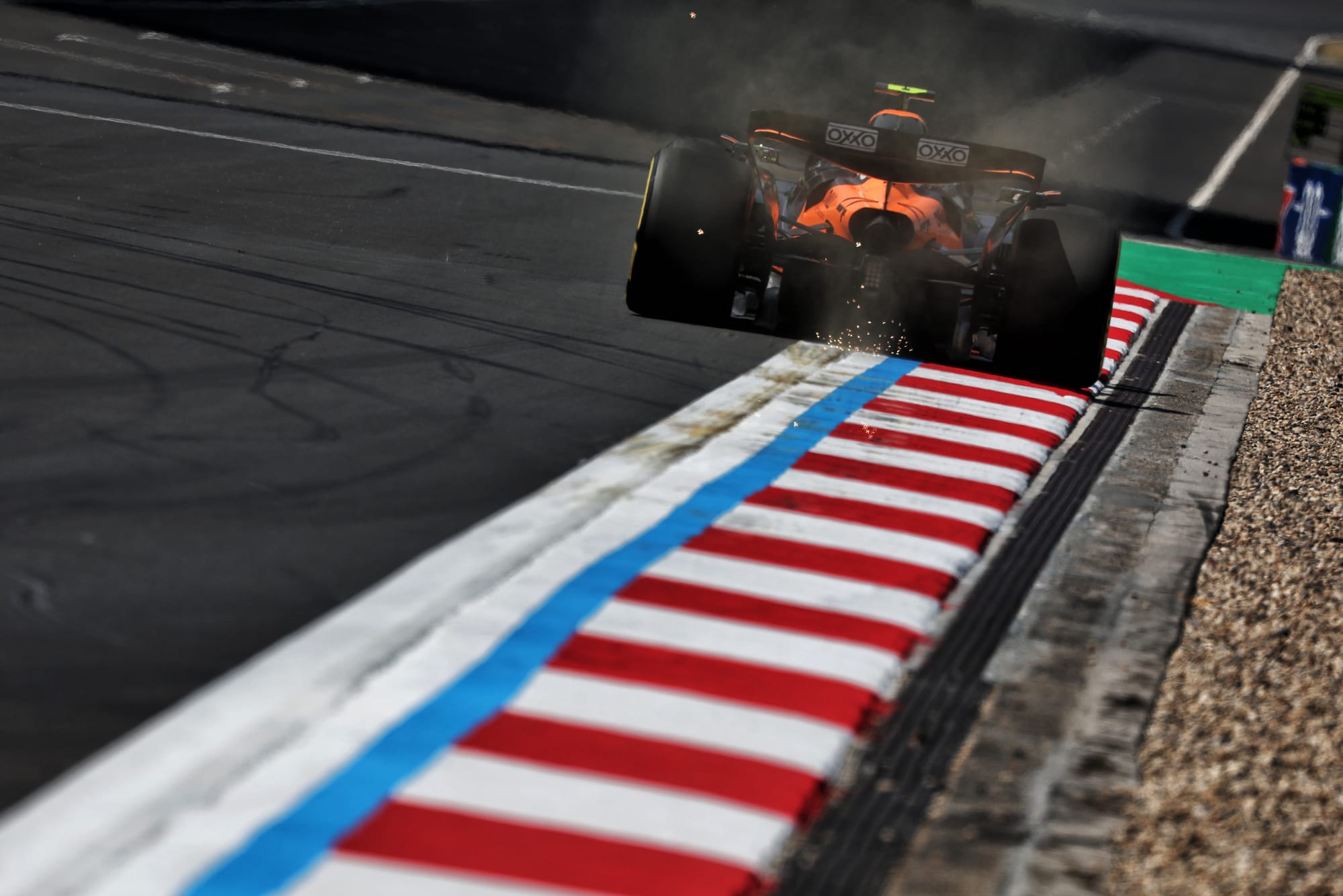
Having been quickest in free practice, with his time advantage generated thanks to the rear tyre grip available in the final sector, he started to have difficulty as the newly resurfaced track gripped up for qualifying. The fronts became the limitation.
Norris is, by inclination, a driver who tends towards a more U-shaped corner, meaning a more progressive turn-in and keeping the minimum speed up. This requires a greater blend of braking and turn-in and can demand more of the front end.
When front graining is the limitation, that's a challenge. He's proved very adaptable as a driver, and can modify his style, which means it's not a drain in more usual conditions where the rear tyres are the limitation. Piastri prefers the classic V-shaped corner, which helped him to excel at the hairpin in Shanghai where Norris struggled - note his stunningly fast late-braking pace through there that earned pole position.
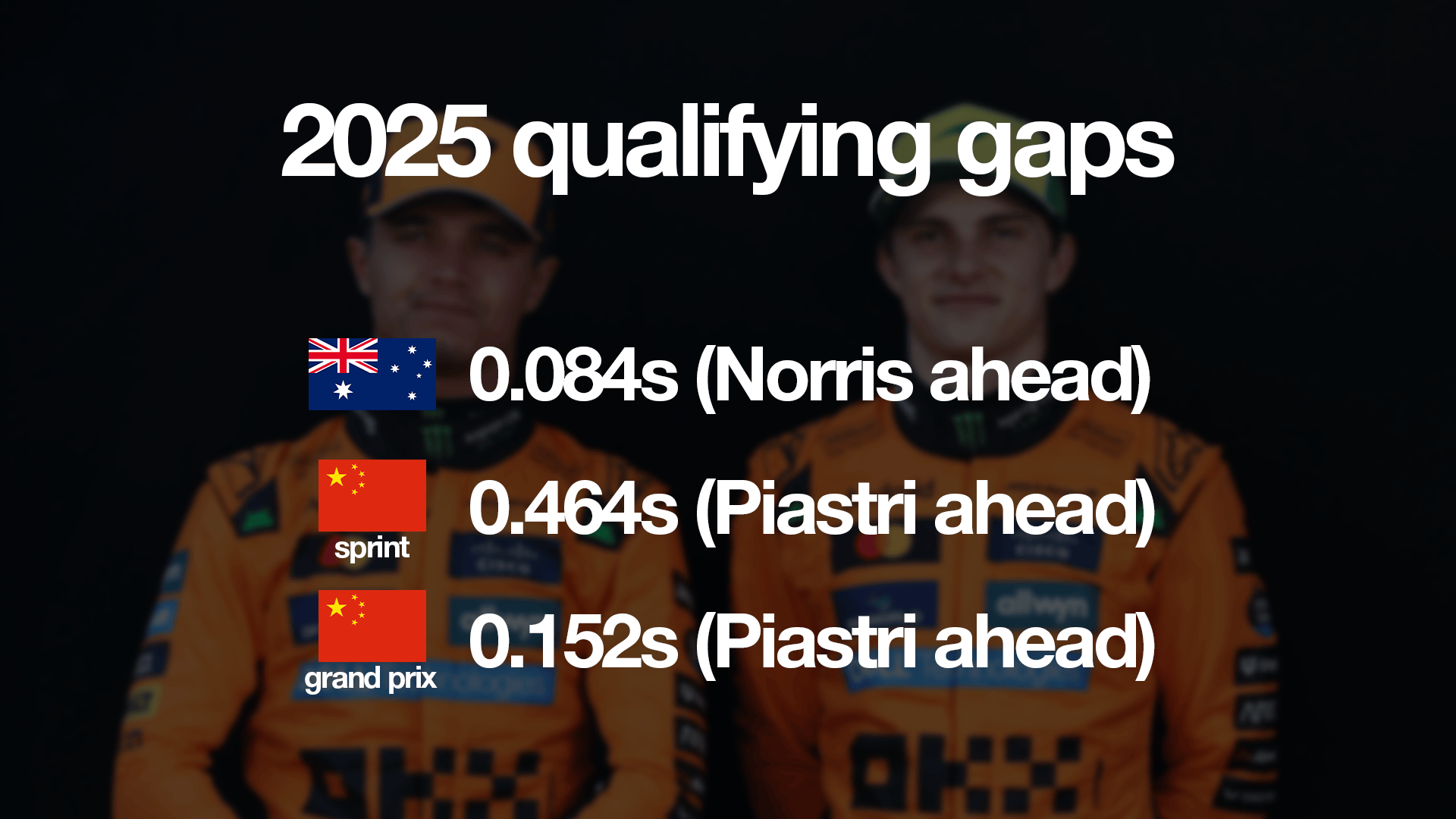
While Piastri is also adaptable and has had to very often lean toward the more U-shaped style, at a track like Shanghai that ability serves him well. It also helps him mitigate the front graining and front degradation problems a little better than Norris.
So that explains what happened in the sprint element of the weekend. On top of that, Norris didn't appear to handle his struggles as well as he should have done, which perhaps explains the imprecision at Turn 6 as he tried to make up ground on lap one of the sprint, then his exasperated requests that the team somehow help him when he was stuck behind Lance Stroll's Aston Martin in ninth place.
The one positive for Norris was that McLaren not having its tyre prep perfect in sprint qualifying, combined with a small error in qualifying, meant Piastri could only take second in the sprint.
Come qualifying proper, Piastri was still ahead with Norris a tenth-and-a-half down after making a mistake on his final run. That was a gap big enough for George Russell, who aced his final-run tyre prep, to park his Mercedes in. Norris again pointed to the graining, which made life difficult for him even over a lap.
But nothing in F1 is steady-state, so sensitive are cars to the conditions. As the weekend progressed, Norris gradually became more comfortable with the front graining limitation easing by the time the race came around thanks to the track having evolved further.
He even fancied his chances of attacking Piastri late in the second stint after conserving his tyres, only for a braking problem to set in through the final 20 laps. He adapted well and held onto second place despite a leak that demanded he gradually reduced the peak braking pressure, so he never had the chance to show if he might have threatened Piastri.
'It doesn't suit me'
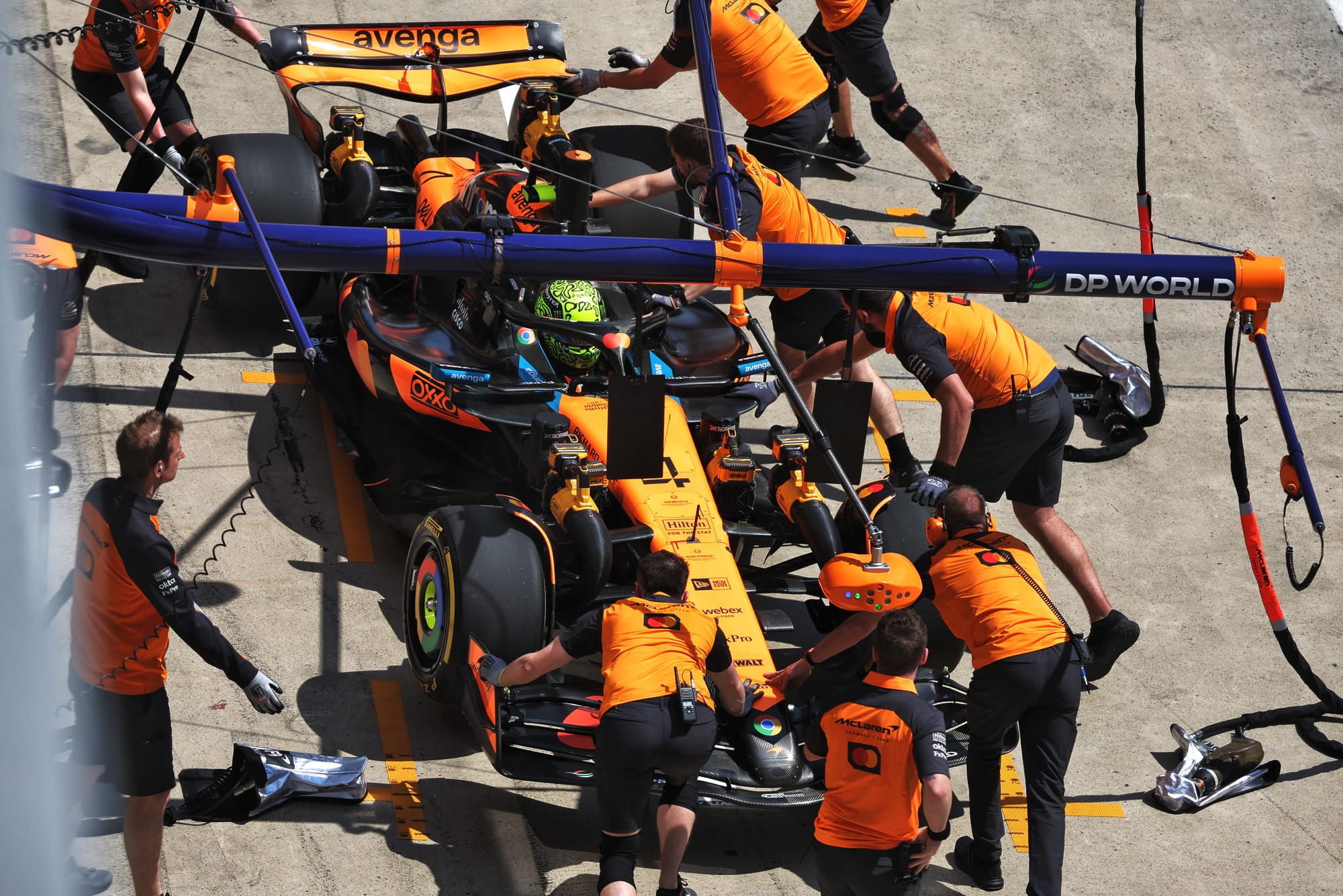
Already before the weekend Norris was speaking how more generally the MCL39 - and many of its predecessors - doesn't suit his natural driving style.
"I've almost got to a point where I've just accepted that you can't have a perfect car that suits your style," Norris said on Thursday in Shanghai.
"Maybe it suits some people, but I've kind of stopped asking for exactly what I want and more just focused on whatever makes the car quicker.
"It's probably a tricky car to drive and to put together a lap, but clearly, it's taken a step forward from last year. At the end of the day, my job is to drive whatever car I get given. That's why I'm here. That's why McLaren wanted me. They believe I can drive it better than others can.
"It's similar characteristics [to last year's car] and some of those characteristics I don't like and don't suit the way I want to drive, in an attacking way. It doesn't suit me in terms of me wanting to push the [corner] entries and push the braking. It's very weak, I would say, from that point of view.
"Not what I like but at the same time some of it is down to the adaptation, needing to change my driving style every year, because the car I drive is very different to what McLaren was a few years ago, clearly, because then we were at the back and now we're at the front.
"But some things carry on. Some things are like 'this is a McLaren' for those reasons and I've only ever driven McLarens, so that's all I know. I think it's unique in certain aspects.
"Obviously we have our strengths and weakness and whenever someone has been at McLaren and gone to another team they have often said how hard or odd the McLaren has been to drive, whether that's Daniel [Ricciardo] or with Carlos [Sainz].
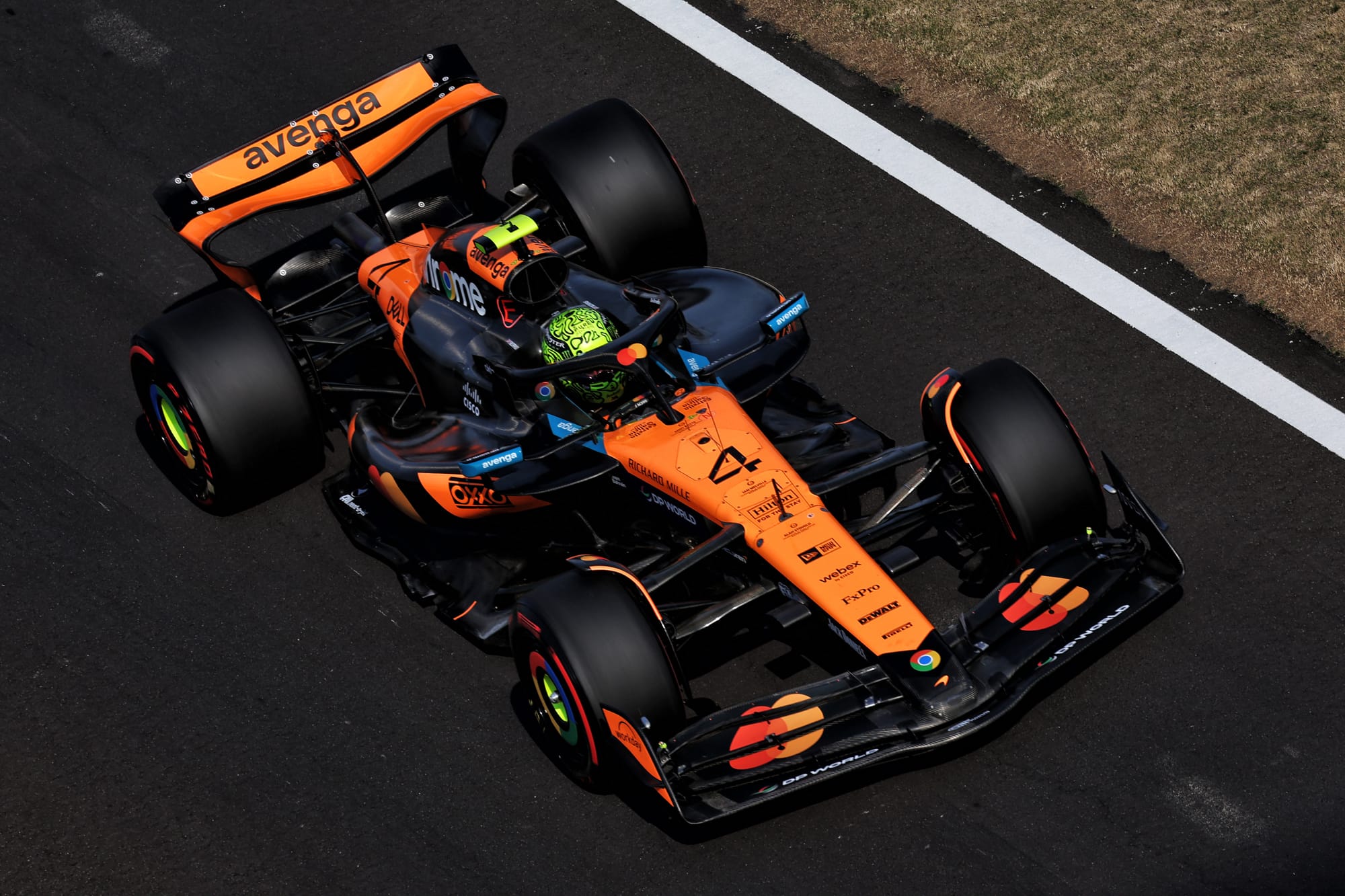
"It's also like all I've got used to, so I've got to the point where I'll just drive whatever car I have to drive as long as it's fighting for a win and quick enough to fight for a win, I'm happy enough to drive what I'm given."
So would McLaren moving closer to Norris's driving style make the car slower?
"Some of what I want from a car is first of all just very hard to get," Norris said. "A good front [end] at apex, that's kind of all I feel like I want. But I very rarely have what I need from that perspective.
"But the car can still win races. It's not like if I don't have what I want, the car is bad. I can still get the most out of the car, if I don't have what I want. There are just compromises.
"If I do want more front end at mid-corner, at the minute we can only get that if we compromise low-speed or high-speed performance, or [by] making the car more sensitive to windy conditions.
"There are so many compromises you have to make and at the end of the day, you just want the best all-rounded car.
"I think I've got a better understanding of that over the past couple of years on driving styles, how I need to drive the car. Maybe making a bit of that switch from 'I want this from the car, and I want to keep driving my way until you make it more suited me'.
"I guess I've kind of thrown that away and just said, 'All right, give me the best car, and I need to adapt a lot more to the car I get given'.
"It's not the most comfortable, it's not what I like the most, it's now what I can get the most out of but over the last year and a half, I've probably learned more about my driving than I did in the previous five years, just because the car has changed, and I've fallen into this philosophy of give me the best car and I'll adapt to that rather than give me the car I want."
What it means for the title fight
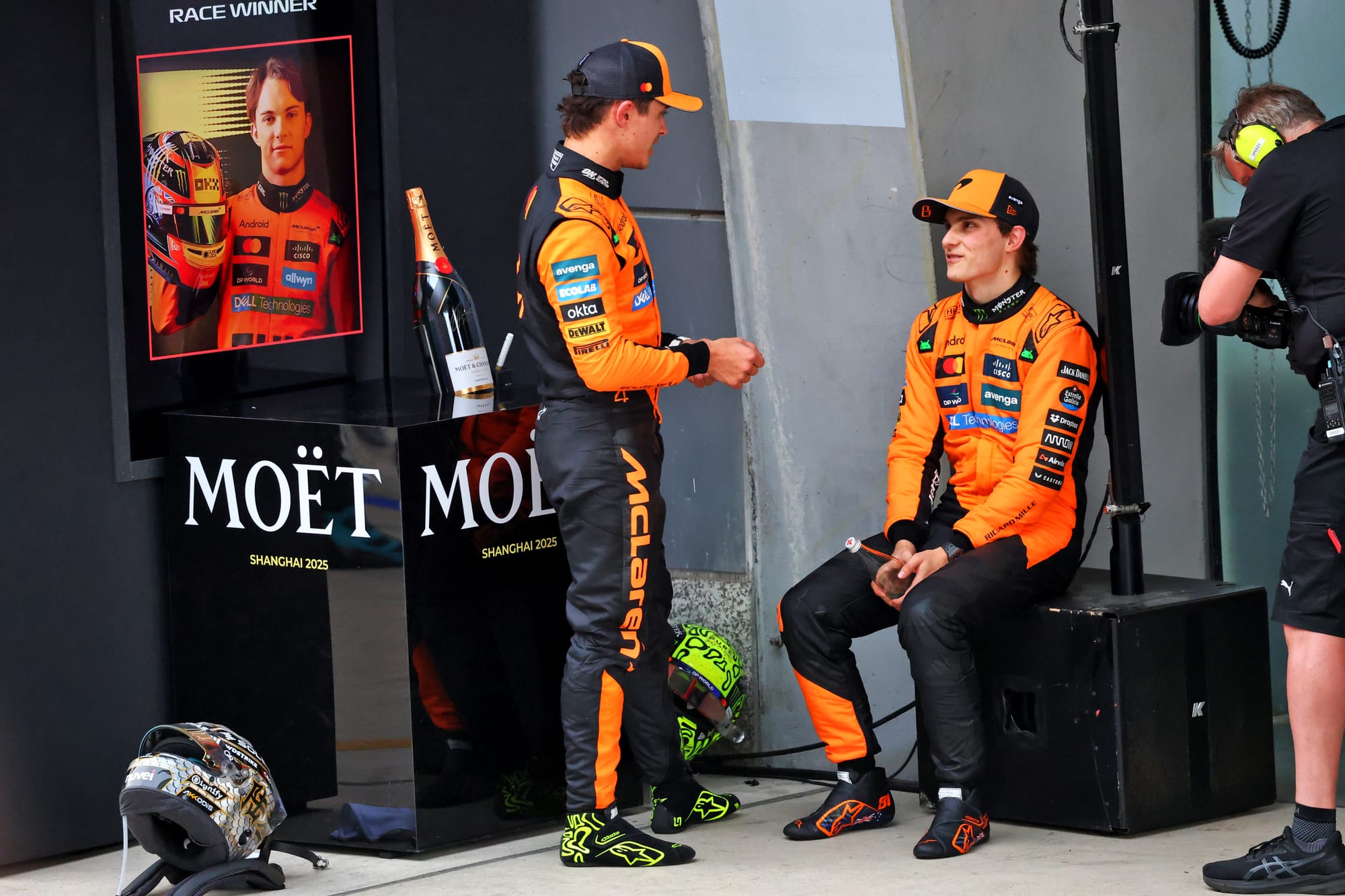
After delving into Norris's struggles, one potential conclusion is that Shanghai was a weekend that flattered Piastri and that therefore at the majority of tracks Norris will be stronger.
That would be to underestimate the strength of Piastri's start to the year, which indicates he has made the step required to turn the sporadic excellence of last year, a campaign which fizzled out disappointingly, into something more consistent this year. Shanghai will not be a one-off.
In China, Piastri thrived at a circuit where he had one of his toughest weekends in 2024. While the transformation of the track thanks to it being resurfaced led to him describing it as "pretty much a completely different track in my eyes", that suggests important lessons have been learned.
That turned into a superb weekend, with only a combination of McLaren's sprint qualifying tyre approach and a scruffy lap meaning he wasn't in a position to win the sprint, but significantly it came off the back of a strong start in Melbourne.
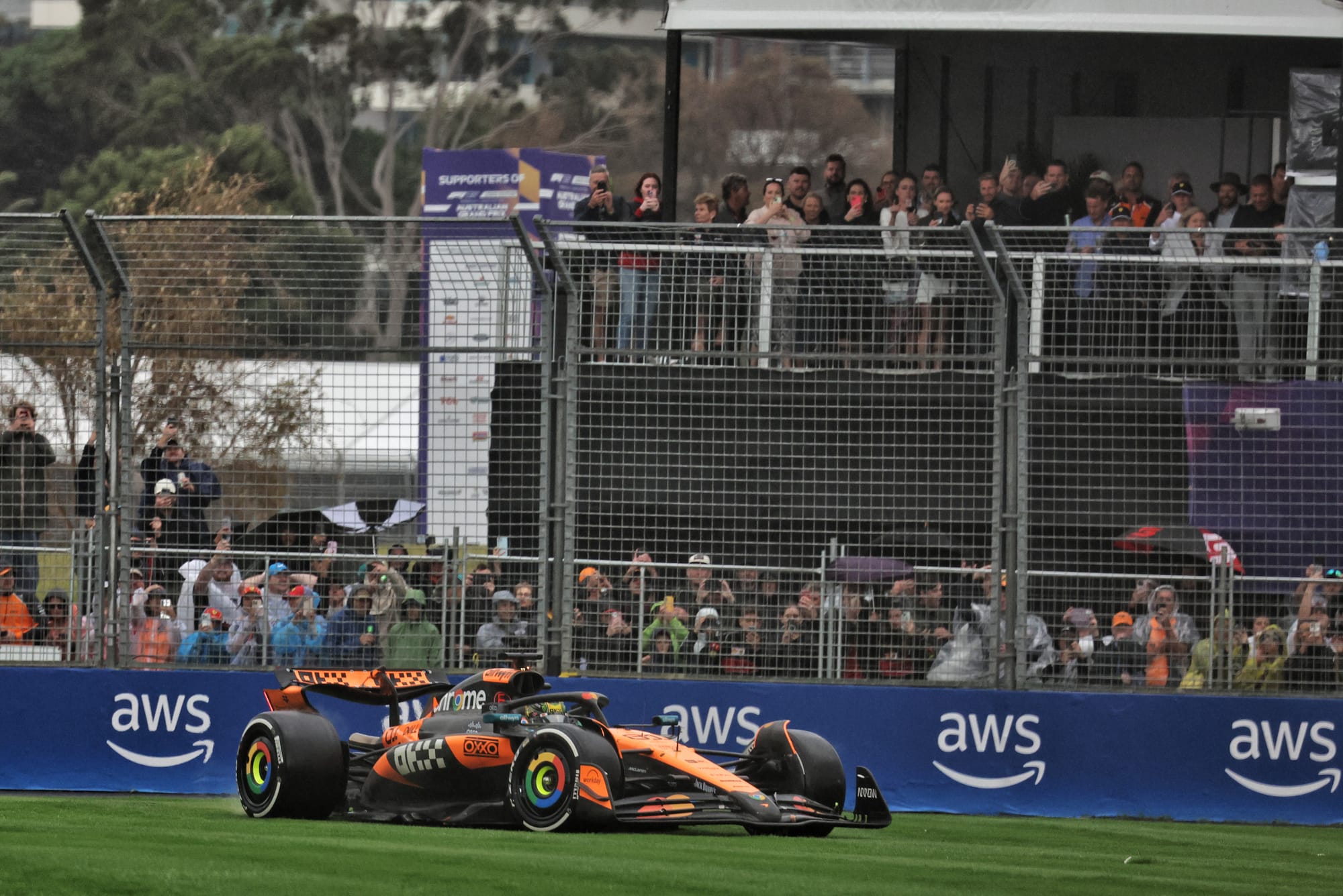
While his ninth place there was bitterly disappointing, spinning after a trip through the gravel when the rain returned and getting bogged down on the grass, his pace was strong. Even though Norris appeared to have the edge, it was a tiny one and that was helped by the prevailing conditions with front graining the limitation.
That's a situation that will only arise occasionally in 2025, meaning that it will be the battle in events like Australia that will more often arise. But Piastri has shown he's ready to fight Norris week-in, week-out based on the limited sample set of data so far this year.
China was a boost, but Piastri doesn't necessarily need to rely on the conditions to help him to take the fight to Norris anymore. There will be occasional opportunities like Shanghai, but the step he's taken all-round, including in events like Australia where he was a threat, is what should ensure that even if it's an all-McLaren championship fight, there is a battle that should rage to the end of the year.

